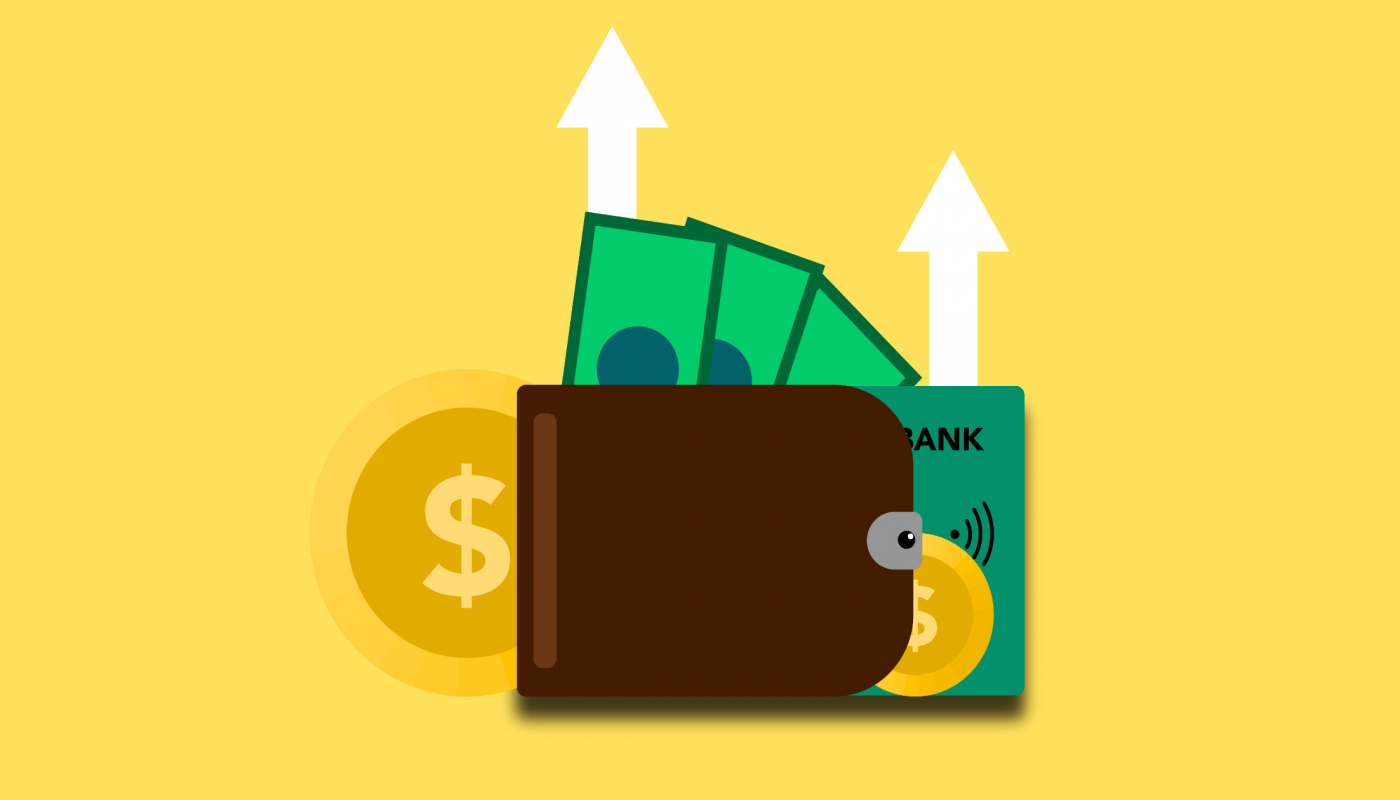For decades, people in India bought daily groceries using cash from brick-and-mortar shops. It was unusual to see an Indian opting for digital payment over money a few years ago. The Online payment gateway was majorly used by businesses that targeted upper-class consumers.
Our country’s financial market has come a long way spanning a steep growth curve. While digital payments may not be the market dominator, they hold a significant portion of the payments mode pie-chart. This blog discusses the catalysts behind the rapid growth of digital payments.
Table of Contents
Major factors behind the growth of digital payments
-
Straightforward and Convenient to Use
The concept of digital payments is not novel. Although, it hasn’t always been as simple and convenient as it is today. In the early days of its development, digital payments were mostly restricted to bank transfers such as NEFT and card payments at POS terminals and gateways. While NEFT was not an option for shopping, card payments had their own set of challenges.
Today, the market is crowded with different electronic payment modes. UPI, mobile wallets, and Pay Later services are relatively easy to use with less hassle and reduced processing time. Customers, as a result, prefer using such modes for shopping that prompted merchants to begin providing the online payment systems options to them. As a result, digital payment systems spread like wildfire among the customers. UPI, for instance, was introduced only in 2016, and almost every other mobile device today has at least one UPI application installed.
As digital payments are deposited in the banks directly, merchants are eased with the burden of visiting the bank to deposit cash or cheques. As a result, both labor and administrative costs can be reduced. In addition, shorter cash-out times improve the cash flow of the business and ensure smooth operations.
-
Improved Internet Connectivity
Internet coverage and connectivity have improved by leaps and bounds in the last few years. There was a time when even the metropolitan cities in India had to cope with poor 2G or 3G internet connectivity and speed. However, the coverage has percolated to many rural villages today. Not to mention the drastic fall in internet prices. Along with that, smartphones and gadgets for online payment have become more accessible and affordable. These changes have made it possible for small and mid-sized businesses to accommodate the operational cost of digital payments.
Earlier, setting up the best online payment system was beyond the budget capacity of a small business. Therefore, there was hardly any incentive to scale up because of reduced demand. It is, however, essential to have an online payment system in businesses to cater to the increased demand of customers.
-
Increased Awareness
As smartphones reached the hands of more Indians, especially in the rural areas, they got exposed to the dynamic and streamlined ways of dealing with operations. They became aware of the offerings of the online world and how it can simplify things considerably. Millennials and Gen-Zs practically grew up with technology and got inclined towards them. Small merchants also became aware of the benefits the best online payment gateways can offer. As merchants and customers came onto the same page concerning electronic payments, they took a growth.
-
Government Push
In an attempt to curb black money and tax evasion cases, the government is taking several steps to encourage digital payments. For example, under the banner of the Digi Dhan Abhiyan campaign, the government conducted several workshops and awareness drives to promote digital payments among customers, traders, and merchants. The government also launched a scheme to apply a lower income-tax rate on digital turnover for small businesses up to a cap of two crore Indian rupees.
Demonetization can be attributed as the primary stimulator that prompted digital payments. As the availability of cash decreased, merchants realized that they would face losses if they didn’t upgrade their business to online payments. Likewise, customers could no longer rely on cash for shopping.
-
Improved Accounting and Management
Using an online payment gateway comes with several perks for the merchant. Bookkeeping and accounting for all transactions is significant labor and time-consuming activity. Gateways can automate the process to great lengths. Manual entry of transactions can be replaced with digital transaction statements from the gateway service. Inventory management can be simplified using similar techniques. Such a seamless accounting process is sure to attract more merchants, thereby promoting digital payments altogether. Zaakpay has a powerful dashboard that tracks and records the status of each payment. Through this, merchants can follow when a due payment is made without requiring verbal confirmation from customers.
-
Easier Onboarding and Integration
Merchants no longer need to worry about the lengthy and overly complicated gateway onboarding processes. At Zaakpay, it takes less than twenty-four hours to activate a merchant account. Integrating the gateway is also a straightforward task with Zaakpay’s pre-built plugins that support most website platforms. With payment gateway services becoming easy to maintain, they are also gaining popularity among merchants. This has given an overall boost to the growth of digital payments in India.
Conclusion
The factors mentioned above have played a key role in driving digital growth in India. It must be noted, though, that the development hasn’t reached a point of saturation. The sector still has a remarkable potential to scale up. In the days to come, businesses ready to accept digital payments will surpass legacy systems by big numbers. Moreover, with an online payment gateway like Zaakpay, merchants can also drive online traffic towards their business.


